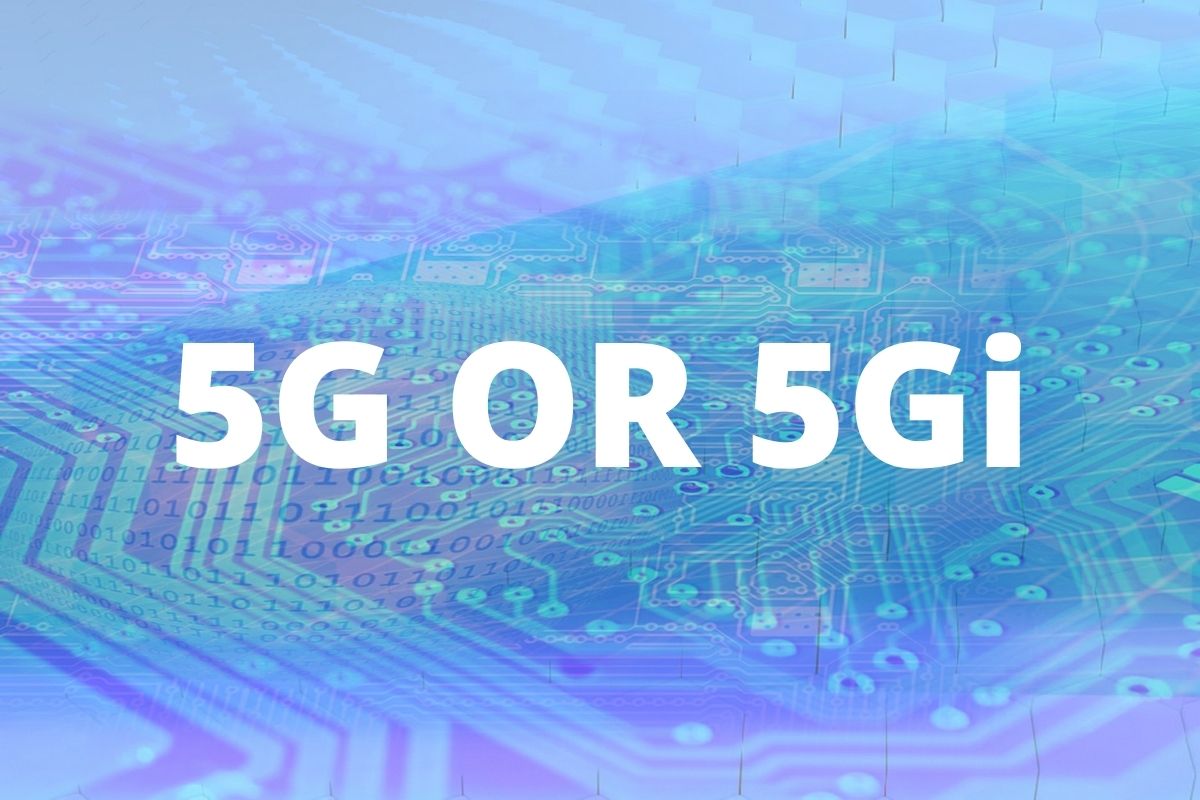The 5Gi standard developed by the Telecommunications Standards Development Society, India (TSDSI) and the 5G standard of 3GPP will be merged under a compromised formula. An ET Telecom report citing a person familiar with the matter said that in a meeting that took place last week, a compromise agreement had been formed where both 5Gi and 5G from 3GPP will be merged. The arrangement will be going ahead to the International standards body for approval and also get a positive response. For the unaware, 5Gi or 5G Radio Interface Technology (RIT) is India’s indigenously developed 5G standard. 5Gi was built with the aim of providing last-mile connectivity. But there were many issues.
5Gi Was Good Until It Started Modifying Additional Aspects
Against the 3GPP’s 5G standard, the 5Gi was announced to provide last-mile connectivity, which would help with bringing mobile network services to rural areas of India. But the issue arrived when 5Gi started modifying aspects of 3GPP’s 5G, which had no relevance from providing enhanced coverage. The telcos and the ecosystem vendors became wary of the developments that were happening around 5Gi. The deployment of 5Gi radios in India would have meant that the users would have to purchase smartphones that supported 5Gi. The issues that this would scale up were immense. Firstly, any user that is using a smartphone that supports 5Gi radio connectivity would mean that his/her smartphone won’t connect with the 5G radios running on 3GPP standard. This would have resulted in no 5G connectivity outside India because globally, 5G radios running on 3GPP standards are being deployed. On top of this, the network rollout costs for the telcos would increase multiple folds and also, there would be extended delay in rolling out 5G in India. Considering all this and more reasons, it was important that India doesn’t isolate itself with 5Gi. That is why this compromise merger of 5Gi and 3GPP’s 5G is the better way to go for ensuring that India stays at par with other nations in the globe.
